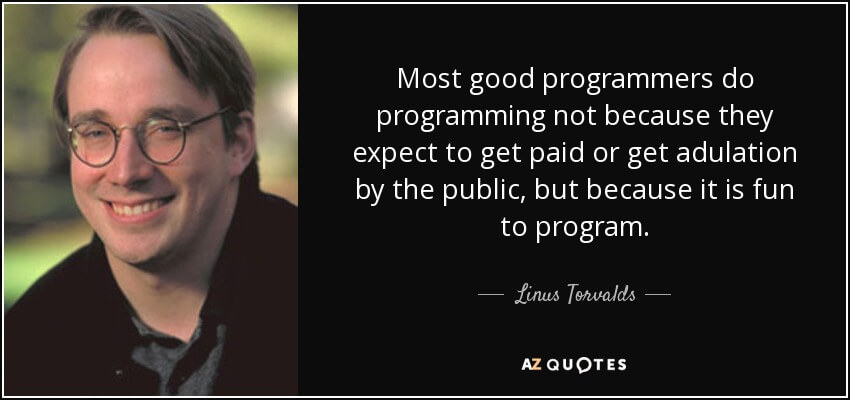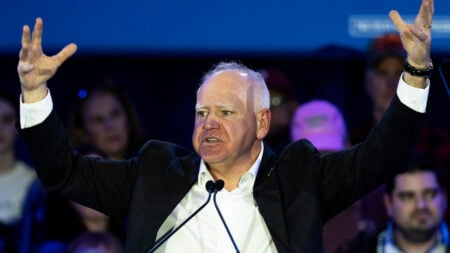At one point in time, Linux was just a hobby for Finnish CompSci student Linus Torvalds. 25 years later, Linux is still working on their long lasting legacy. It went from one programmer to thousands constantly updating and enhancing the Linux kernel to make it what it is today.
Back in August of 1991, Torvalds announced his newest project, an open source operating system that wouldn’t be as large and GNU and had some of the same features as Minux. He encouraged other programmers to work on the kernel as long as they kept their work free.
“I’m doing a (free) operating system (just a hobby, won’t be big and professional like gnu) for 386(486) AT clones. This has been brewing since april, and is starting to get ready. I’d like any feedback on things people like/dislike in minix, as my OS resembles it somewhat (same physical layout of the file-system (due to practical reasons) among other things). I’ve currently ported bash(1.08) and gcc(1.40), and things seem to work. This implies that I’ll get something practical within a few months, and I’d like to know what features most people would want. Any suggestions are welcome, but I won’t promise I’ll implement them :-)… PS. Yes – it’s free of any minix code, and it has a multi-threaded fs. It is NOT protable (uses 386 task switching etc), and it probably never will support anything other than AT-harddisks, as that’s all I have :-(.”
So, what can Linux do on in the year of its golden birthday compared to when it was newly born? For starters, it is being used by the US Department of Defence is the “single biggest install base for Red Hat Linux” in the world. Several other countries and cities use Linux on a daily basis also. It’s used in place of Microsoft Windows in international universities and a few retailers use it on their end for point of sale transactions.
Here’s to you Linux. May you be successful in these next 25 years.








